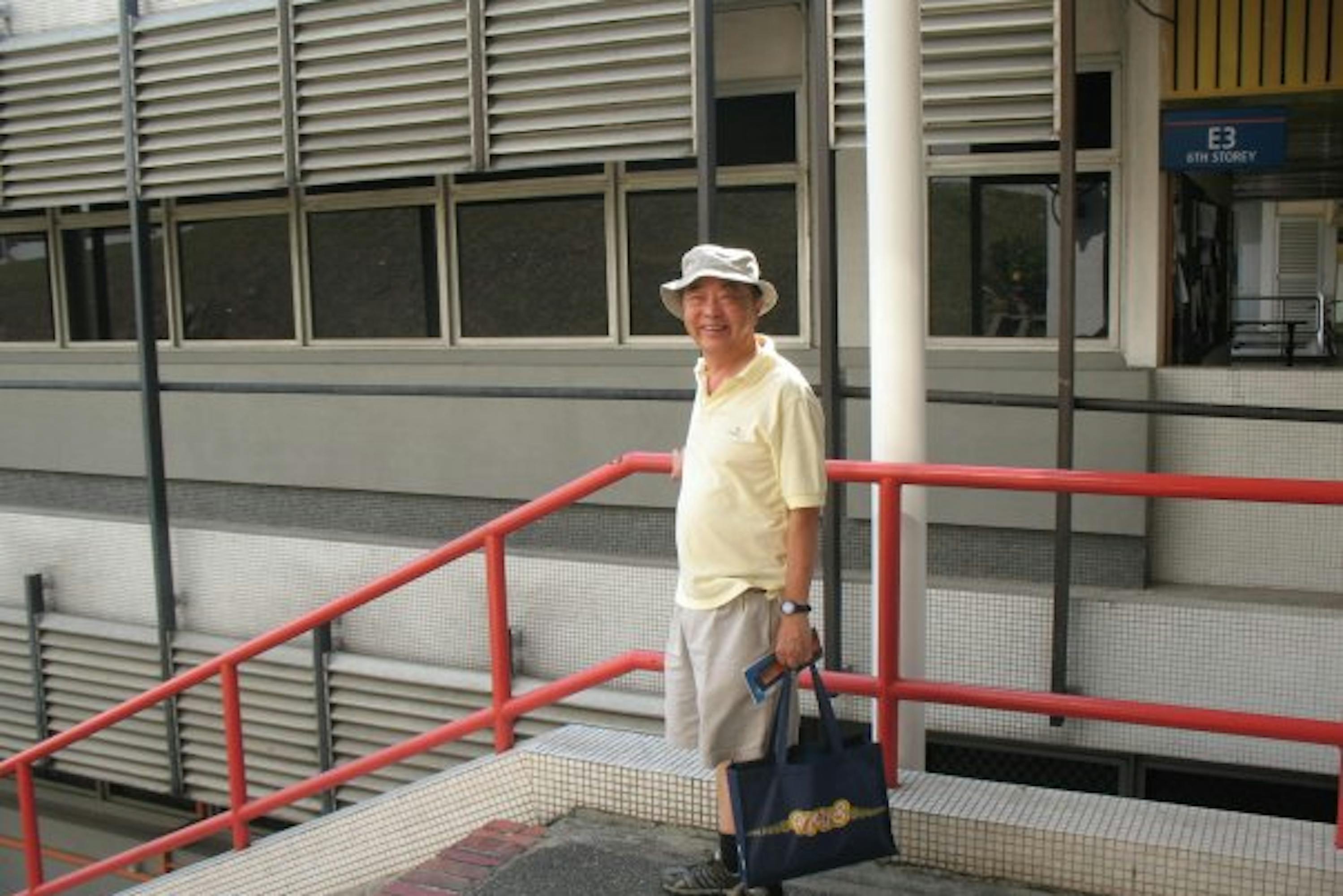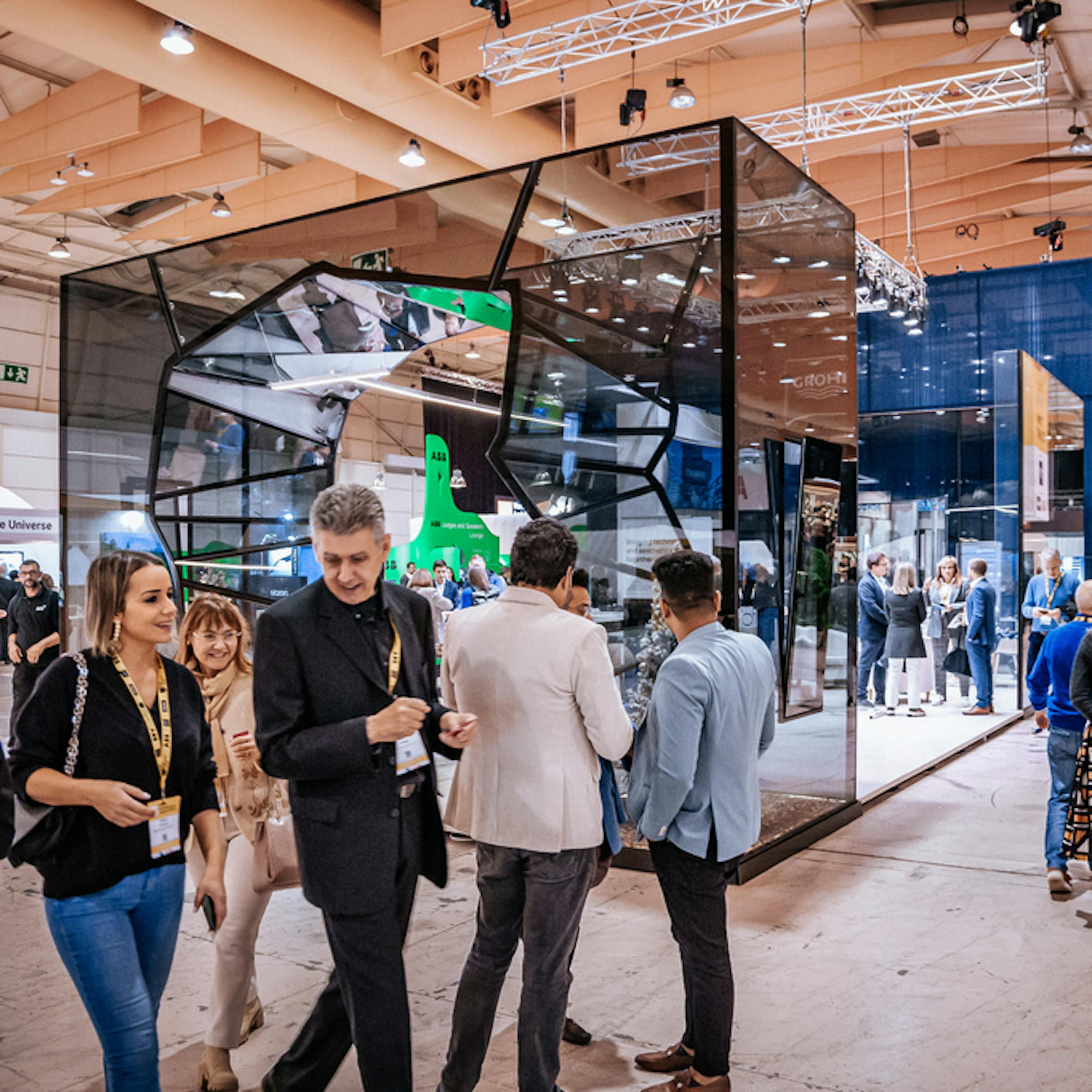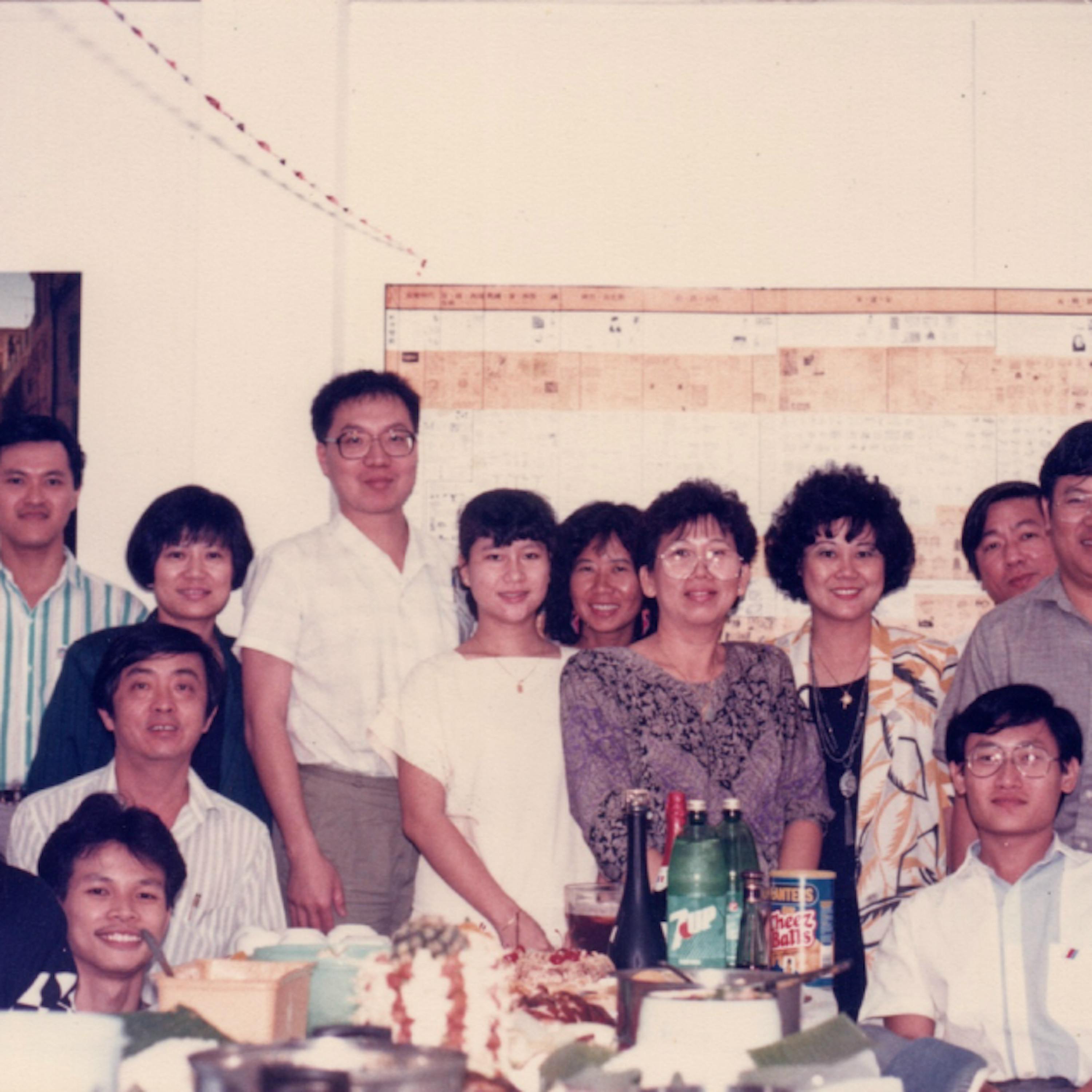A Tribute to Mr. Meng Ta-Cheang
Mr. Meng Ta-Cheang, a distinguished pioneer architect and urban planner, who received the DesignSingapore Golden Jubilee Award in 2015, passed away on 25th August 2025. His passing marks the loss of a visionary whose work left a profound impact on our fraternity.
Image: Mr. Meng during an NUS Kent Ridge campus visit on 21st June 2009. (photo by author)

A Global Citizen
Born in Beijing, China on 7th March 1937, Mr. Meng spent much of his youth in Tainan, Taiwan, after relocating there to live with this uncle after World War II. He had initially planned to study civil engineering, but on the advice of his uncle, he switched to studying architecture – a serendipitous decision that set the course for an extraordinary career.
In 1958, he graduated with a Bachelor’s degree from Cheng Kung University, Taiwan. Soon after, he moved to Germany to join his older brother and pursued a Master’s degree at the Technical University of Darmstadt. While still a student, he gained early experience in urban planning, working with his professor on the planning of Aschaffenburg city in 1962.
In 1965, he and his young family settled in the Netherlands, where he began his career as an architect in the Dutch firm OD205. His very first project, the Medical Faculty at Erasmus University, Rotterdam, set him on the path to becoming a specialist in campus planning. When OD205 was commissioned by the Singapore government to plan the University of Singapore’s Kent Ridge campus (now National University of Singapore, NUS), Mr. Meng came to post-independence Singapore in 1966. Then University Chancellor and Deputy Prime Minister Dr. Toh Chin Chye personally requested that he remain to oversee the implementation of the design, thus beginning his long and meaningful career in South-East Asia.
Works in South-East Asia
Mr. Meng’s expertise in campus planning made a lasting mark across the region. He contributed to the design of several universities in Indonesia, namely the Institute of Technology Surabaya (1975), Hasanuddin University in Ujung Pandang (1981) and Gadjah Mada University in Yogyakarta (1988).
His designs were shaped by the conviction that new discoveries emerge at the intersections of different disciplines. To encourage the cross-fertilization of ideas, he conceived circulation spaces that are ideally scaled so students and faculty could meet, converse and exchange ideas.
These ideas carried into his other local school campuses, albeit at a smaller scale, namely CHIJ Katong Convent Primary and Secondary Schools (1985), Yishun Junior College (1986), Hwa Chong Junior College (1991), and The Chinese High School (1993). His designs activated spaces for social interaction, nurturing both scholarship and community.
Beyond educational buildings, he contributed to conservation and redevelopment of heritage buildings, including the Bukit Pasoh Residential Development (1990) and the transformation of the Great Southern Hotel into today’s Yue Hwa Building (1998).
Works in China
When China opened its doors to economic reform in the 1980s, Mr. Meng felt a deep personal duty to contribute to the country of his birth. To him, this was both a professional calling and a moral responsibility to guide cities through rapid modernisation without losing their cultural identity and destroying its natural environment.
He began work in Xiangfan and Suizhou in Hubei in 1981, followed by projects in Xiamen and Qingdao in 1984. His major breakthrough came in 1985 with the masterplanning of the Overseas Chinese Town (OCT) in Shenzhen. The site, an abandoned farmland, could have been quickly consumed by haphazard development. Instead, Mr. Meng persuaded the client to devote five years to first rehabilitate the land, restoring greenery and waterways before any construction began. The result was a pioneering model for sustainable urban development for other Chinese cities to emulate.
For Mr. Meng, planning was always about balance; between growth and conservation, between progress and historical identity. He believed that cities should preserve their greenery and heritage buildings, so each could retain and celebrate its unique character even amidst redevelopment. He continued to work on architecture and planning projects well into the 2010s, across China in cities like Yantai, Shandong (2001) and Xiamen (2004), leaving an enduring mark on its urban fabric.
An Educator
Parallel to his professional practice, Mr. Meng was deeply committed to architectural education. He served as Co-Director of the Department of Architecture at NUS from 1983 to 1986, and later as Visiting Professor at the University of Dundee and Heriot-Watt University from 1991 to 1992. He also taught at Wuhan Technical University and the University of New South Wales, Sydney from 1999 to 2000.
Dr. Wong Yunn Chii, Honorary Fellow at the Department of Architecture, NUS, recalling his early days as a young faculty member, shared that even after Mr. Meng’s tenure as Co-Director, he would frequently visit the department, “never imposing, but always ready for a quiet chat” to ensure that the department was on the “right track” in their academic program. For Mr. Meng, the right track meant “a design education grounded in integrity and purpose, one that could guide students towards lives that were both good and meaningful.” Dr. Wong also noted that Mr. Meng’s advocacy of planning in smaller, lower-tier cities in China bore testimony to this belief - “The years he spent in the Netherlands and Germany had clearly instilled these broad, humanistic values.”
A Colleague and Mentor
Those who worked alongside Mr. Meng remember not only the professional insights he so generously imparted, but also the values and outlook on life that he embodied.
Mr. Alan Low Keok Giap, former partner at P&T Group, was a young architect at the University of Singapore Development Unit (USDU) from 1972 to ’74. Mr. Low recounted:
“I have vivid memories of the happy times working very closely together for two-and-a-half years with Meng Ta Cheang, Seet Chay Tuan and Tan Liang Seng on the construction of the Kent Ridge NUS Campus.”
Dr. Heng Chye Kiang, Provost’s Professor at the College of Design and Engineering, NUS shared:
“Mr. Meng, my mentor, chaired the interview that appointed me a senior tutor at NUS's Department of Architecture in 1986. After 2007, we frequently dined together, and his humanism was a constant theme in our conversations. One discussion remains etched in my memory: his list of five qualities for an urban planner, which were breadth and depth of knowledge, optimism, a socialist heart, and a love for humanity. When asked for the fifth quality, he simply repeated, “love for humanity.” This reiteration perfectly epitomizes the humanist philosophy that underlies all his work.”
A Philosophy of Optimism
I once had the privilege of interviewing Mr. Meng for my dissertation research, a year before he closed his firm OD Architects. When I asked him about his thoughts on retirement, he shared one of his favourite lines of poetry by the Tang poet Li Shang Yin. The original verse reads:
“夕阳无限好,只是近黄昏。“
(The setting of the sun is infinitely beautiful, yet it draws near to dusk.)
Mr. Meng felt that the final phrase was too melancholic, and he cleverly edited it to:
“黄昏待月明。“
(The dusk awaits a bright moon.)
To him, this expressed a philosophy of optimism: while we marvel at the beautiful moments at present, we should not lament its passing. Instead, we should look forward with hope, trusting that the next brilliant moment is already round the corner.
A Lasting Legacy
Mr. Meng’s life was one of service, generosity and vision. He dedicated himself not only to designing campuses and cities, but also to shaping environments where people could gather, learn and thrive. His humility and optimism continue to inspire all who knew him.
To the young architects who may be reading this tribute: may you take Mr. Meng’s legacy as a reminder that architecture is not just designing beautiful buildings. It is the shaping of lives, communities, values and futures. And as he himself believed, let us always look forward with optimism, for beyond every sunset, a bright moon awaits.
Written by Lim Pin Jie with contributions from Dr. Wong Yunn Chii, Mr. Alan Low Keok Giap and Dr. Heng Chye Kiang












